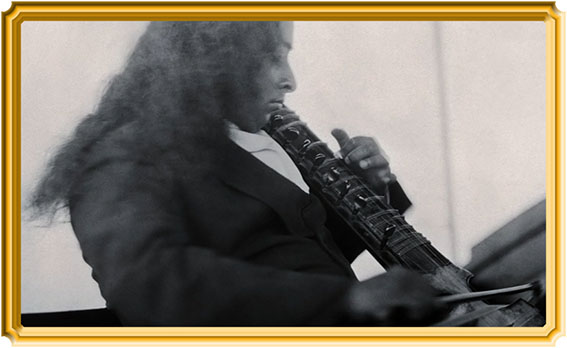
Yogananda used the Cosmic Chants not only for meditative purposes, but also as a regular feature of his public lectures, singing with hundreds or sometimes thousands of Americans in the audience. Significantly, he didn’t choose well-known Sanskrit mantras, but preferred his Cosmic Chants, sung in English. At the famous Carnegie Hall in 1926, as he writes in his Autobiography of a Yogi, “for one hour and twenty-five minutes the strains of O God Beautiful! had sounded uninterruptedly from three thousand throats.”
It is remarkable that in those years Indian group chanting, or kirtan, was completely unknown to Western society. Yogananda was strongly advised not to use chanting as it would be too foreign to his audiences. But he did, introducing it far and wide. He can be called, therefore, the “father of kirtan in the West”.
In fact, Philip Goldberg, author of The Life and Times of Yogananda, makes this important observation: “Sacred music became a standard part of Yogananda’s repertoire [during public lectures], and his introduction of kirtan to America has been largely underappreciated.”
In short, long before the Western boom in yoga with its many chants and decades before the Hare Krishna movement and a long time before now famous chanters like Krishnadas, Yogananda spread kirtan in Western society, filling America’s largest halls with his Cosmic Chants.
